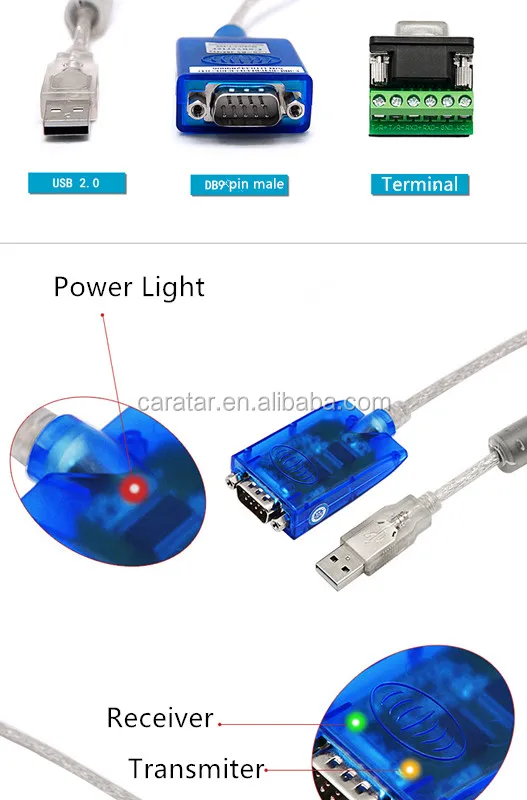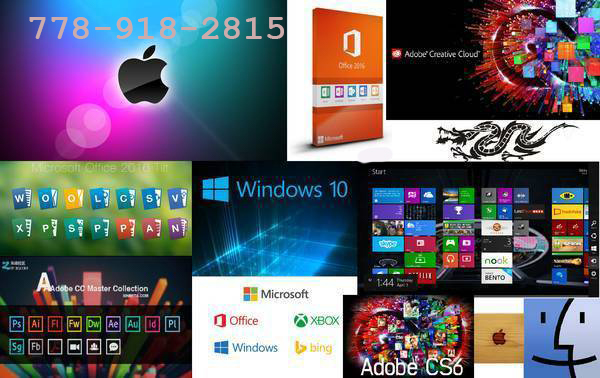

This requires that the serial data must be transmitted at 20 times the clock frequency of the ADC. To encode a 16-bit word, the LTC2274 must transmit 20 bits of serial data. 8B/10B encoding is a process that takes 8 bits of data and encodes them into 10 bits to ensure zero DC offset and a limited run length. The LTC2274 uses an 8B/10B encoder to encode and serialize the data before it is transmitted.

However, the LTC2274 differs from the LTC2207 in its output structure. The input topology of the LTC2274 family is based on its predecessor, the LTC2207 family, and achieves similar AC performance.
#High speed parallel to serial converter free
The LTC2274 achieves excellent signal to noise ratio (SNR) performance of 77.6dBFS and spurious free dynamic range (SFDR) of 100dB at baseband, as shown in Figure 1. It also allows flexibility to route across analog and digital boundaries-in noise sensitive applications, the serial interface provides an effective isolation barrier between digital and analog circuitry and serves to eliminate coupling between the digital outputs and analog inputs to reduce digital feedback.Ĭurrent Mode Logic and 8B/10B Encoding Allows High Speed Serial Data Transfer This frees up valuable FPGA pins and board space. The LTC2274 is a 105Msps, 16-bit ADC that simplifies the digital connection between the ADC and FPGA by replacing the usual parallel interface with a novel high speed serial interface, thus reducing the typical number of required data input/output (I/O) lines from 16 CMOS or 32 LVDS parallel data lines to a single, self-clocking, differential pair communicating at 2.1Gbps. Serial Interface for High Speed Data Converters Simplifies Layout over Traditional Parallel Devices


 0 kommentar(er)
0 kommentar(er)
